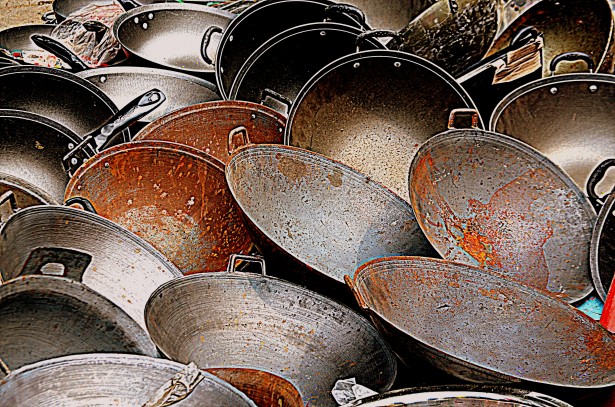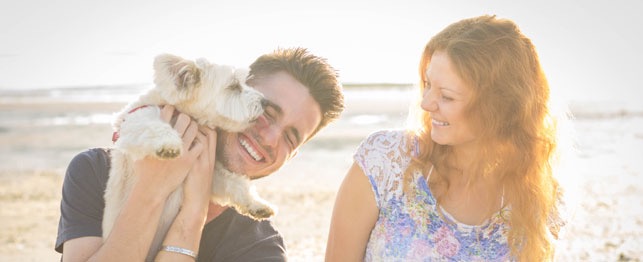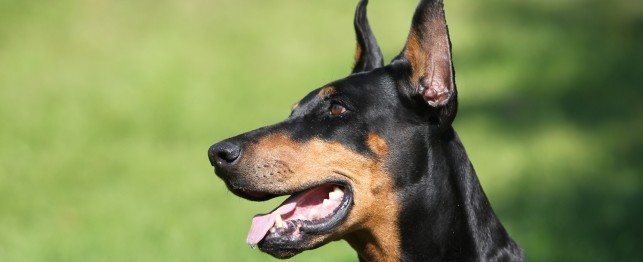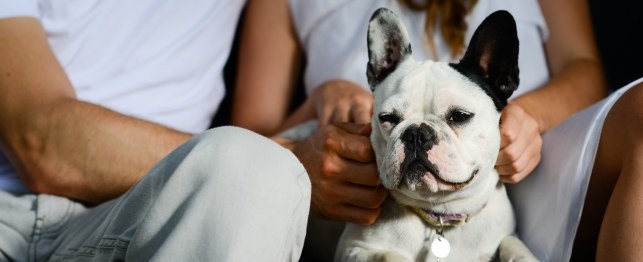In this article, I will give you tips on agility training your puppy.
Agility training is actually preparation for a doggie sport that started in the late 1970's to fill in some time between some events in a dog competition. In dog agility competitions, dog handlers are given a specific amount of time to direct their dog through an obstacle course. The dogs are not on a leash and they may find a number of different courses to navigate through like jumps, see-saws, weave poles and tunnels. Patterned after equestrian events, dog agility has evolved from the doggie equivalent of a half-time show to an event in its own right.
If you plan to adopt an active dog into your family, you might want to consider agility training for him. Dog agility is a sport, but you do not have to plan to compete in order to get your puppy involved in it. It is perfect for a dog breed that is known to be restless or bored easily. In addition, it is also good for dogs that need more exercise and discipline. However, one of the caveats is that you should have a good bond with your puppy. Because agility training can be quite involved, you will be spending a lot of time with him!
You can start puppies as young as four or five months old on agility training. Of course, they are still growing into their feet so they may not seem that nimble! With puppies, you will be playing a lot (at least it will seem that way) but they are learning. Your puppy will not start with any stressful exercises; in other words, he will not be walking across any tall obstacle courses and perform jumps. Their obstacles are just a few inches off the ground so they don't get hurt, yet the principles are the same as for older dogs.
Puppies will be able to train on the tunnels and weave poles however. Trainers usually push balls and other toys through the tunnels as an incentive. In addition, puppies are given special sticks to carry in their mouths as they weave through the poles. They soon learn about spacing and how to not bump into each pole so that they can get through the course.
The key to agility training for puppies is short sessions. They have short attention spans and keeping them in long sessions is just setting them up for failure. Rewards are used a lot as well as plenty of praise, hugs and love. The great thing is that puppies, once they master a course, are so excited! Agility training also works wonders for the shier puppies that need more socialization skills.
As dogs grow older, the agility training sessions become more advanced. In addition, they go through more exercises and conditioning as well. You will find that you will need to pay more attention to your dog's diet as well because the more active he is, the more nutrients he needs.
You can have your dog compete in various agility events if that is your ultimate goal. However, your dog gets a lot more out of the agility training because he is spending time with you. As a result, he is more devoted to you and an outstanding member of your family. The added plus to all of this is if he is normally a dog breed that is overly active and mischievous, the agility training will tone that down quite a bit.

 Great Tips For Obtaining The Best From Your Home Transaction
In case you are offering of getting a for any reason, you w
Great Tips For Obtaining The Best From Your Home Transaction
In case you are offering of getting a for any reason, you w
 Buying a Dog - Tips on How to Select the Right Dog
Buying a Dog - Tips on How to Select the Righ
Buying a Dog - Tips on How to Select the Right Dog
Buying a Dog - Tips on How to Select the Righ
 5 Signs You Should Have Pets Instead of Children
5 Signs You Should Have Pets Instead of Child
5 Signs You Should Have Pets Instead of Children
5 Signs You Should Have Pets Instead of Child
 Guard Dogs - Which Breed Should I Get?
Guard Dogs - Which Breed Should I Get?
Guard Dogs - Which Breed Should I Get?
Guard Dogs - Which Breed Should I Get?
 The Best Pets for New Millennial Families
The Best Pets for New Millennial Families
The Best Pets for New Millennial Families
The Best Pets for New Millennial Families